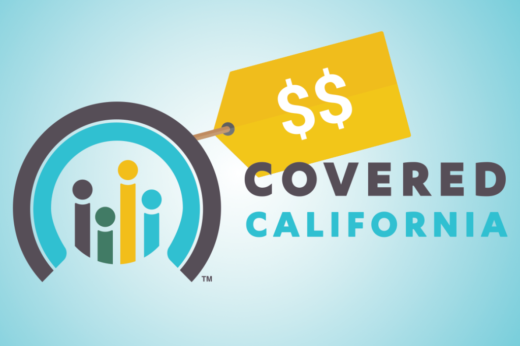Anthem customers can keep their plan if they live in the far rural northern part of the state, parts of the Central Valley, and Santa Clara County. But in areas where Anthem is one of only two plans offered for sale – like Modoc, Lassen, and Siskiyou counties in the far north – customers will pay as much as 54 percent more for their Anthem plan. The alternative, Blue Shield, will charge up to 24 percent more next year.
In a statement, Anthem said its price increases and partial departure from the market are due largely to federal changes and uncertainty around the future of the Affordable Care Act.
“Planning and pricing for ACA-compliant health plans has become increasingly difficult,” it said, because of “continual changes in federal operations, rules and guidance.”
The overall lack of predictability “simply does not provide a sustainable path forward to providing affordable plan choices for all California consumers,” the company said.
Uncertainty also affected the prices the remaining marketplace insurers plan to charge next year. Of the overall 12.5 percent average increase, 3 percent is due to uncertainty alone, Lee said.
Lee warned that some plans will see an additional 12 percent surcharge, on top of the 12.5 percent average increase, if President Trump makes good on his threat to stop so-called "Cost-Sharing Reduction" payments to insurers. These CSR payments help insurers provide discounts on co-pays and deductibles for low-income consumers, as they are required to do by the Affordable Care Act.
But even if the Trump administration withdraws the money, and insurers add the surcharge to premiums, Lee says most Californians won’t feel it, because the federal subsidy will also go up in kind, covering most of the premium increase.
“We do not want to implement this workaround,” Lee said. “It will cause unnecessary confusion, and ultimately cost the federal government billions of dollars more than they would have spent by [just] making the CSR payments directly to health plans.”
Covered California submitted a letter to federal health officials, saying there's an urgent need to get clarity on the future of the cost-sharing reduction payments. California will have to decide by the end of August whether to add the surcharge to monthly premiums or not. After that, it cannot make changes to 2018 rates.
"I'm expecting to be dealing with a lot of angry and frustrated consumers as we head into 2018 open enrollment," said Jonathan Greer, a health insurance broker with Rockridge Health Benefits in Oakland. "Unfortunately, many consumers will experience sticker shock this year, especially if the Trump Administration stops making the cost-sharing payments."
Insurers are also worried that the federal government will make changes to the Affordable Care Act in the middle of next year, after rates are locked in. In addition to the CSR payments, they are concerned the IRS will stop enforcing the individual mandate, the ACA's requirement that almost all Americans buy insurance. The mandate helps balance insurance "risk pools" by ensuring young, healthy people also buy policies, to help cover the costs of care for the sick.
Covered California had to fend off requests for premium increases well beyond the 12.5 percent average because of these fears.
“One of the things that many of the health plans said to us is ‘What if policies change mid-year? Our actuaries are saying, ‘Be really conservative and bump rates a boatload,’” Peter Lee said, recalling the tensions underlying the negotiations. “We said, ‘Take a deep breath. Before you bump up rates a boatload, instead, what can we do to help you plan over the long term?’”
The agency convinced insurers to keep the increases in check by drafting a plan that would allow them to make up for any 2018 losses in subsequent years. This backup plan, which still has to be approved by state regulators, wouldn’t cost the state money, Lee said. But it would allow insurers to shift costs internally so they could replenish the coffers in later years.
But Lee predicts the state probably won’t have to implement the backup plan. By keeping increases relatively low this year, more people will sign up for health plans, which will give insurers the stability they need to keep prices low in 2019 and beyond.
